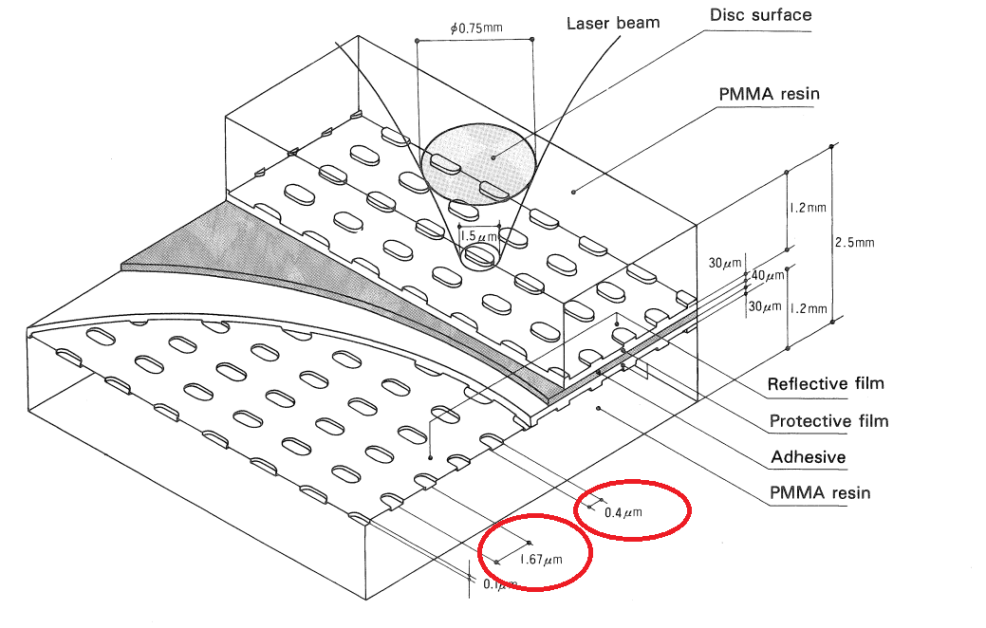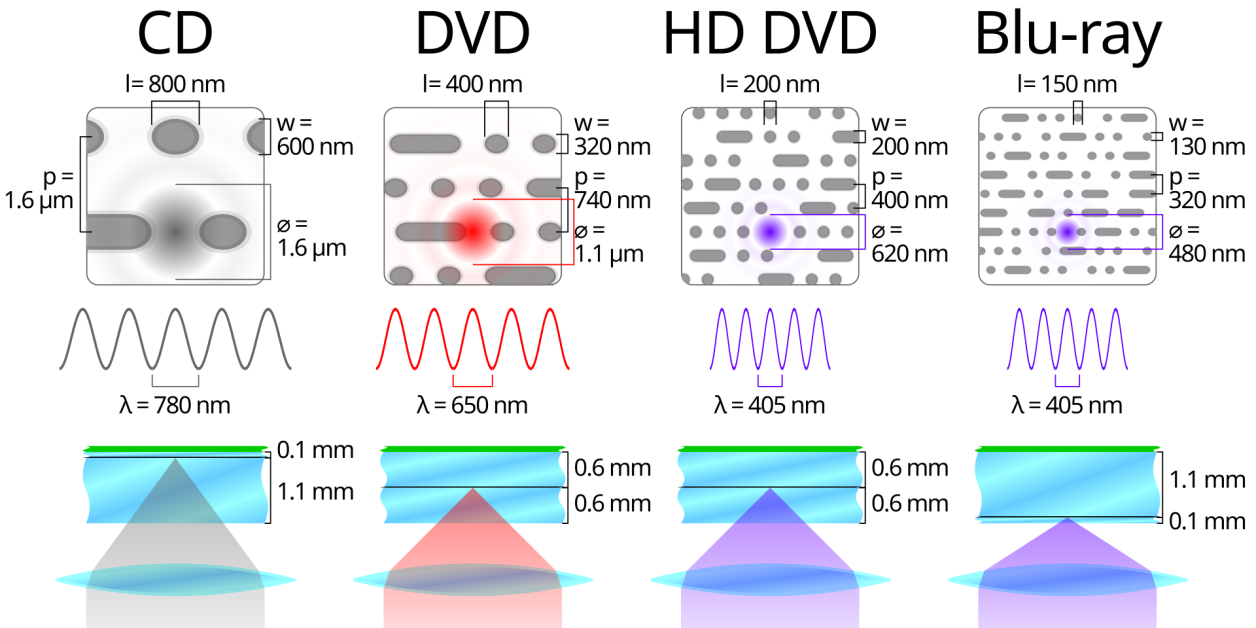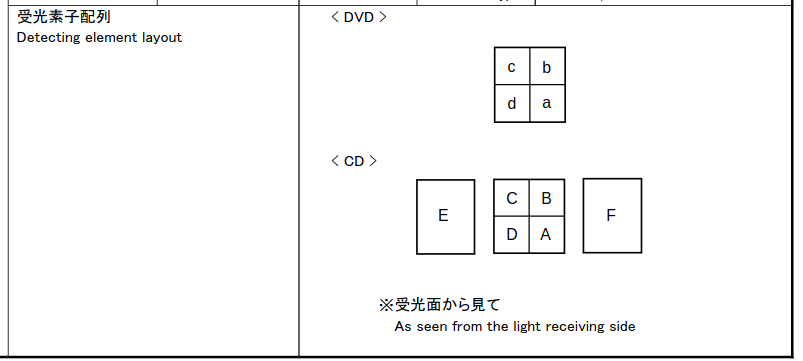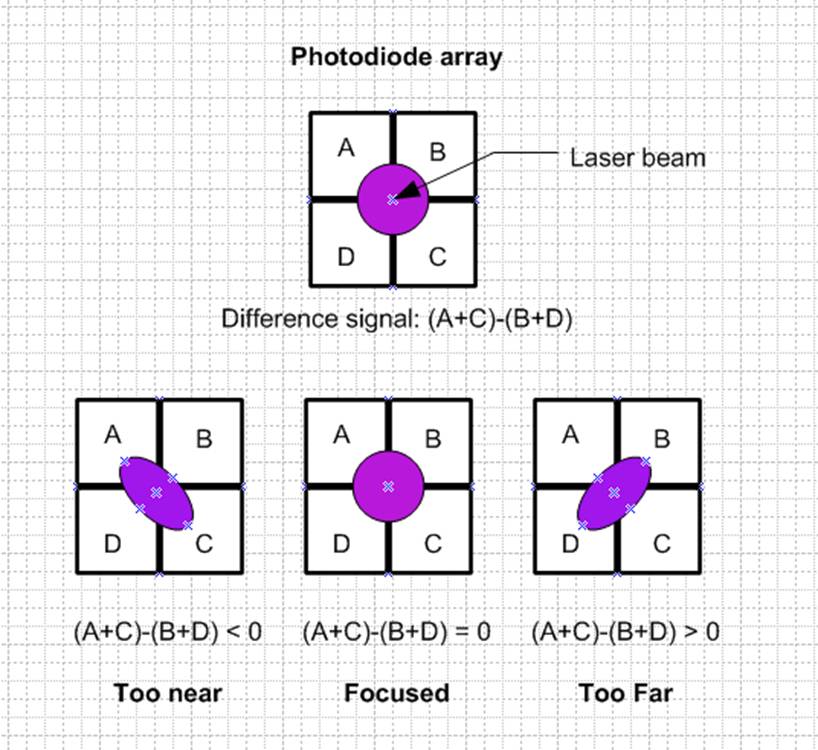アヲタロウ 🥑
Back then ...
... I and Laserdisc never had a honeymoon. As a kid that had to ravel by train to even get to an newspaper store that had the (only) Anime Magazine available. Anime VHD or even Laserdisc were not really in existance in my world. Okay. VHD had been, but pay 30 bucks for 2 Dragonball Z episodes and you know how far you could go.
Living in the PAL Region Laserdisc always had been extra expensive. And why should I bother? I could not even watch NTSC content with it except I would pay more then 1200 for an decent player. Insane stuff.
So yes. I never bothered too much.
And now
Sad thing. Because LD is an very interesting and missunderstood part of technology. Since I spend quite some time on preserving projects for video-games and even old programming books I came around to also notice how difficult it must be to preserve Lasterdisc an acient (analog?) CD precessor form the 70s.
And people started preventing! There are some amazing projects outside, to hack old LD players to get the best possible signal. But what is, if we dont had old LD players anymore?
At a time where makers build rockets, space vehincles, microscopes and even own integrated circuits. How difficult could it be?
What?!
If you want to have detailed Infomations about the technical Background you get different Stuff depending who you ask. Even the oh so almighty AI's seems not to be certain about basic things just like the track-width. So I decided to write an smal FAQ just for myself.
-
Laserdiscs as Medium are not analog!I dont care how many times the company, wikipedia or anyone else tells you that they are an analog medium. They are not. They are aluminium discs with some plastik on top of it having 'hole' or 'not holes' in it. They do NOT work like vinyl by having an pure analog track on it that has different depths. -
Laserdics work analogeven though this binary Data is used to do analog things with them. Back in the 70s there was no processor around to even think about digital image progressing and error correction that would be affordable for everyone at home.
They simply used physics to solve this matter:- Laser signals are not just 'there' or not. They scatter like light. So if you watch an laser beam following a dics, it generates an analog signal.
- Depending on how many pits you have, the amplitude of this signal is narrow or wide.
- Depending how wide this pits are, you define a 'threshold' area, thats adds an other dimension to your wave-signal: The height. So The relationship between pit's and lands defines were the turingpoint of your waves are.

Source: Wikipedia - Laserdisc - This signal is an carries many waves as once modulated by something between one, and many 'features'.
- Modulated analog signals had been an well solved problem even in the 70s. So you just catch the different analog signals and put them out to the TV.
-
Laserdics usually get read by lasers with
780nmwavelength. Thats infrared. -
The width of each track is 1,67µm.

That is almost the same size as on regular CD's
-
Even thought the pit's are smaller: Just
400nm, instead of 600nm.
The Project
I want to read an Laserdisc. And I dont want to hack old players for doing so.
Goal: Read a Laserdisc and dont get mad while trying.
Things to do
- Get an pickup module
- Read known data with this pickup module. Maybe an CD.
- with working focus
- by following the track
- Figure our a way to 'scan' an LD.
- by following the tracks
- Expand the whole mechanic to the dimension of an actual LaserDisc
... an very long journey lays ahead.
Get an pickup module
An pickup module is an combined bunch of tech that allready combines all kind of parts that you need to send the laser, focus it, and detect the results. Basically the 'full package'.
The issue with pickup modules is that while most of them are easy to get (by harvesting various products) it's almost impossible to get Documentation for it.
The Xbox 360 drive: PHR-803T
Many Hack-It Projects discovered the cool PHR-803T pickup device that was used in the 'fat' Xbox 360. It comes with 3 lasers (CD, DVD and HD-DVD) and got pretty much entirely reverse enginered by the Diyouware people in spain.
The only downside: The marked for replacement parts broke nearby down by today. You still can get some on AliExpress for about 8 Bucks, thought.
The SF-HD850
On the other side we have the SF-HD850, also about 8 bucks, that comes with an CD and DVD laser on board. The biggest pro on this one is easy: Public Documentation.
That really is an big plus. No 'Blogposts' and 'Pinouts' that you need to collect somewhere but an actual document written by the manufacturer.
Read something
Before we head to the 'how to get nice data' section lets talk about the sensor itself. Some of the other Projects I saw straight up replaced the built in sensor array with just 'some' infrared sensor and used that.
But why? The reason, is easy:
How the fuck am I suposed to handle this kind of signal? It is not there are no ACD out there that could not handle 30Mhz. Like the ADS930 for example. Or the
But the next thing is that the Pickup module is running in 'it's own speed' that is unknown to us. In other words: we dont know any clock-data that we could pass to the MAX-Chip. But this is an very old technical problems that had been solved ages ago. An PPL, like the
Hence I wish I had at least some exp with this things ...
Focus
We will need to adjust the focus pretty much all the time since even tiny changed in the distance might lead to big issues with the data quality. How lucky, that the pickups have an built in focus check, that will assist doing so.
Follow the Track
The biggest challange on the whole project lies in mechanics. How to move the pickup module over the LD? And how to stay 'on track'?
Basically standart laser Disc should have a track width of about 1.65µm - it really depends where you look. Depending if the size is the same or not we run into different scenarios.
It fit's!in that case we could simply switch our pickup module into the CD mode and follow the tracks as smoothly as possible.
In case that not, we need to fall back to the DVD laser. The good thing is that in theory we could use any optical device to read an cd as long it's resolution is able to see the pits. We could even make an 'big' photo of it and probably spot the data. Even thought thats outside of our budget.
DVDs with an 650nm laser could easily read more detailed data then CD or LD with 'just' 780nm. We dont know if the relfexion of the LD plastic could make trouble .. but well. Lets hope that it will not.
But what is the problem? It's the way of tracking.
CD's have 2 small extra lasers that do nothing but check on the sides if they crash into any other written data. If they do, you have to correct the position. They even have two additional sensor fields beside the ABCD sensor array for the purpose of handling this.


Downside: We cannot use them. They are only active in CD-Mode, and hacking the sensor Array is something so tiny, that I would not see this as option. And we should not use it because we still have the ABCD Array that is usually used to focus the laser.
The good thing on pickup modules is, that they give you quite some infomations but they do-nothing-alone. The DVD tracking algorythm will go batshit with the LD surface. We on the other hand can just ignore what he is yelling and focus on the Array.
While forward spinning, and we always have to spin forward, the spiral structure of the track will move off to the right. We can detect that!
// focus
if((A+C - B+D) == 0) { /* perfect */}
else if((A+C - B+D) < 0) { /* too near */}
else if((A+C - B+D) > 0) { /* too far */}
// track!
if((A+D) > (B+C)*2) { /* steering to left */ }
if((A+D)*2 > (B+C)) { /* steering to right */ }Remember: Our laser is much smaller than the usual pit. If we detect that we steer into an certain direction, we allready should had crossed the entire track and it's really time to pull over.
With this, we should be able to avoid errors.
Note:Needless to say, that of course we also 'always' need to adjust the laser a bit more to the outside. Leaving the track needs to be handled as exception, not as default case.
Note:Moving the entire pickup needs to play hand-in-hand with the error correction as well with the state of the lenses. They cannot bend endless!
How to test
Given the point that we think that we have our stuff working. How to test it?
Expand the mechanics
The final frontier. Whatever we used to move the pickup so far, we now need to move it over an long distance with hopefully no vibration at all.